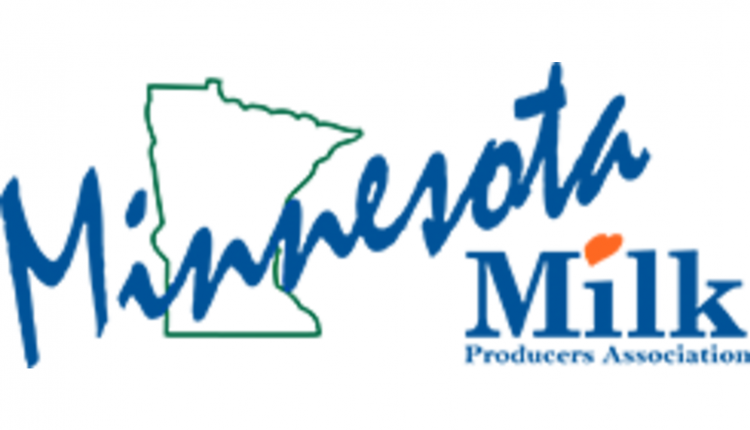The information below has been supplied by dairy marketers and other industry organizations. It has not been edited, verified or endorsed by Hoard’s Dairyman.

However, research has shown that when cows are dried off producing more than 45 pounds, about 55% of those teat ends will still be open a month after dry off.1,2
“Years ago, most cows were able to make a keratin plug, but as we dry off animals at these higher production levels, they’re less likely to form one on their own,” said Dr. Tikofsky.
A teat sealant can play a valuable role in defending cows against mastitis throughout the dry period. Teat sealants provide a sterile, antibiotic-free physical barrier between the udder and its environment — they also work well in conjunction with antibiotic therapy. There are two types of teat sealants available:
External teat sealants usually last five to seven days and require regular visual inspection. They must be applied twice: once at dry off, and then again before freshening. Depending on the number of applications, external sealants can become labor-intensive and costly.
Internal teat sealants have been designed to last across the entire dry period and simulate a cow’s keratin plug.
Correct application and correct removal are key to using an internal teat sealant successfully:

During the dry period, cows typically form a keratin plug — a wax-like substance that seals the teat canal. “A keratin plug is really nature's way of shutting the door to mastitis-causing pathogens,” explained Dr. Linda Tikofsky, DVM, senior associate director of dairy professional veterinary services, Boehringer Ingelheim.
However, research has shown that when cows are dried off producing more than 45 pounds, about 55% of those teat ends will still be open a month after dry off.1,2
“Years ago, most cows were able to make a keratin plug, but as we dry off animals at these higher production levels, they’re less likely to form one on their own,” said Dr. Tikofsky.
A teat sealant can play a valuable role in defending cows against mastitis throughout the dry period. Teat sealants provide a sterile, antibiotic-free physical barrier between the udder and its environment — they also work well in conjunction with antibiotic therapy. There are two types of teat sealants available:
External teat sealants usually last five to seven days and require regular visual inspection. They must be applied twice: once at dry off, and then again before freshening. Depending on the number of applications, external sealants can become labor-intensive and costly.
Internal teat sealants have been designed to last across the entire dry period and simulate a cow’s keratin plug.
Correct application and correct removal are key to using an internal teat sealant successfully:
- The teat end should be thoroughly sanitized before infusion. Without proper hygiene and preparation, bacteria on the teat end may be forced into the udder and cause infection.
- During administration (refer to Figure 2.), the area where the teat joins the udder should be pinched so the sealant is only applied into the teat cistern.
- At freshening, strip the cow until the teat sealant is gone. If a cow isn’t properly stripped, producers can end up with teat sealant residue in milking equipment. A color indicator, like a cool blue, that’s easy to distinguish from milk or mastitis can ensure the majority of the sealant is stripped out.


